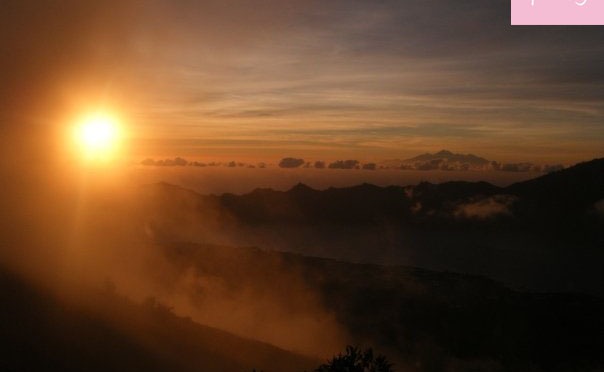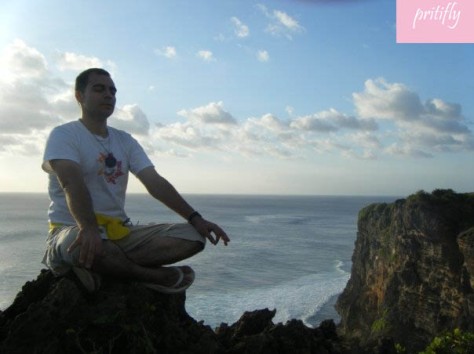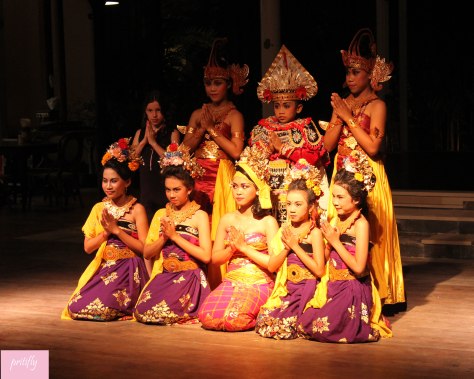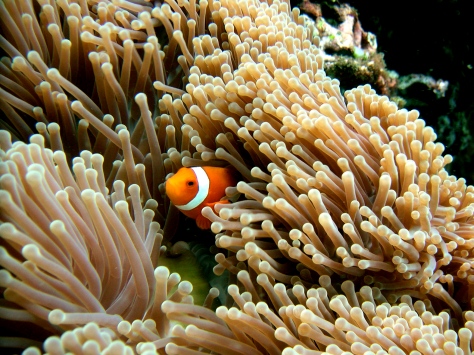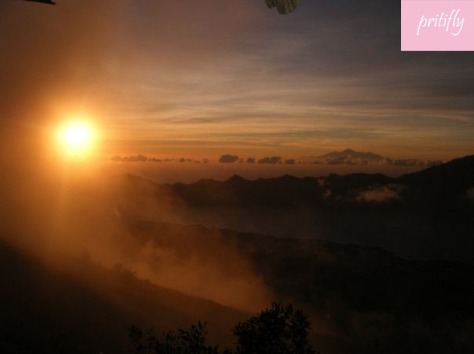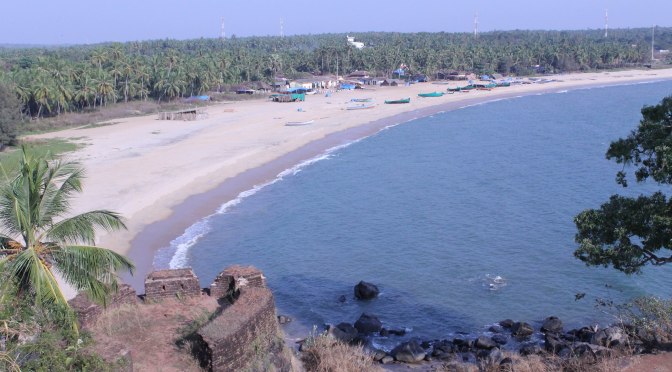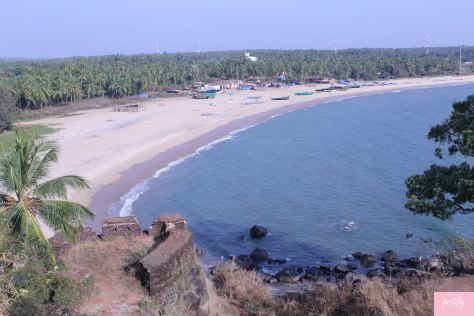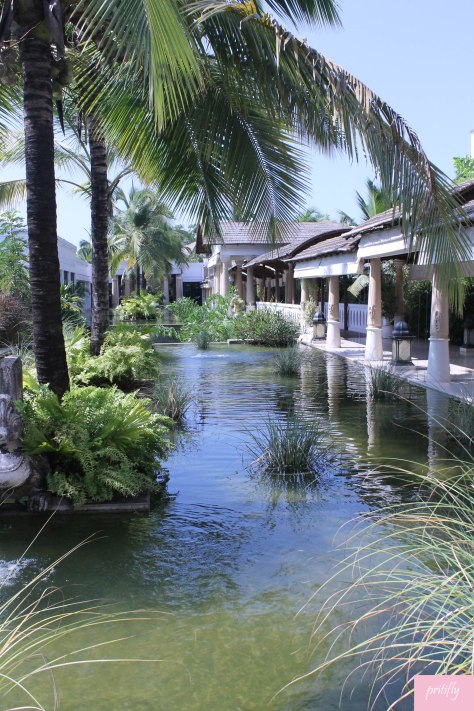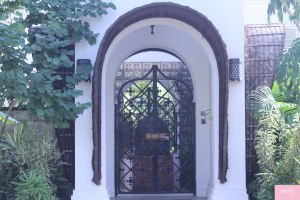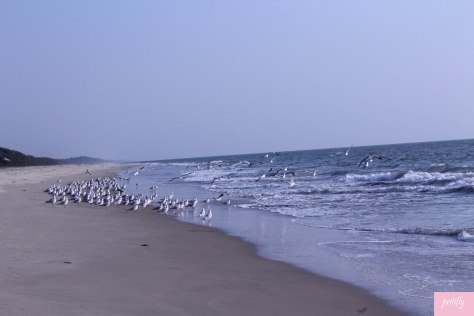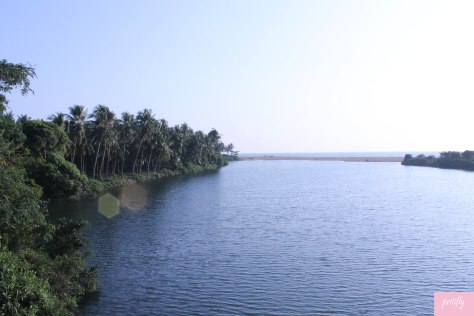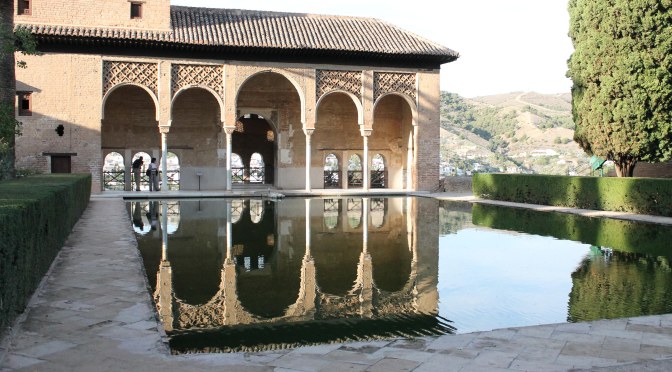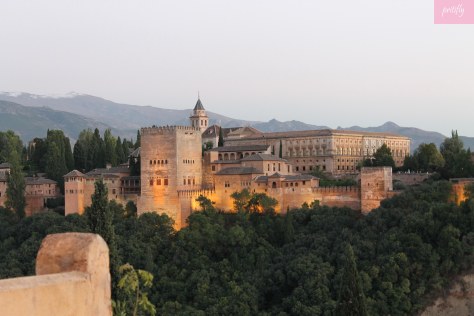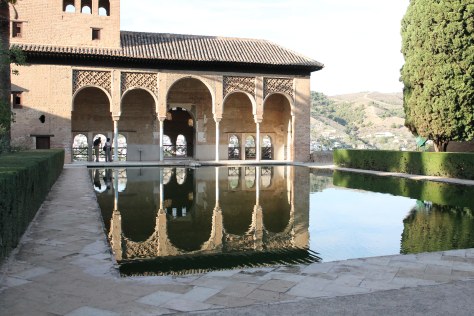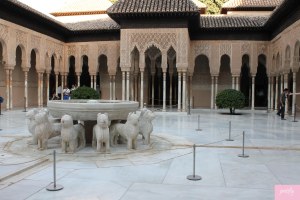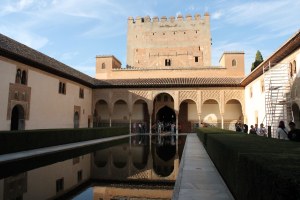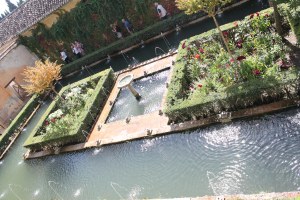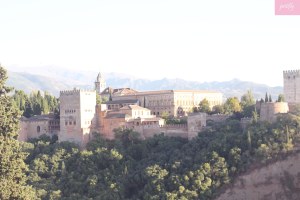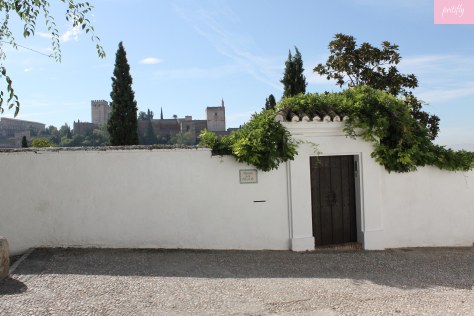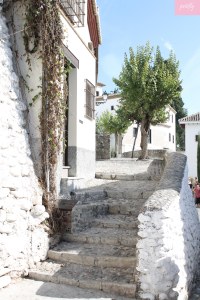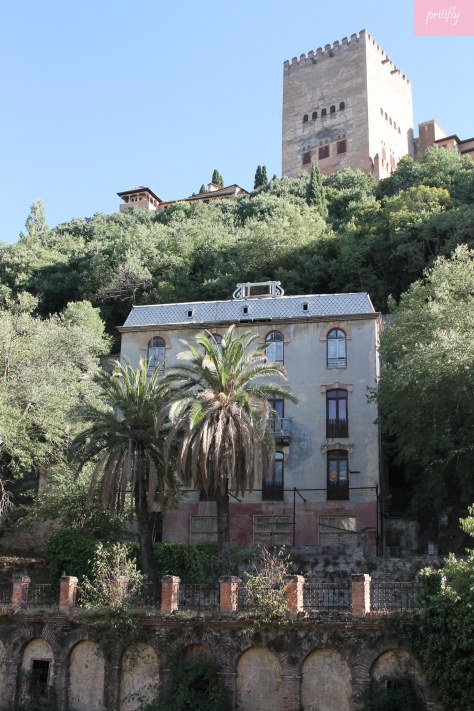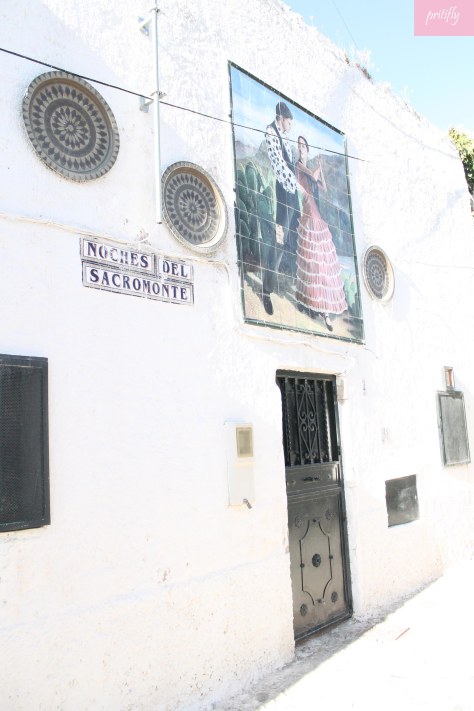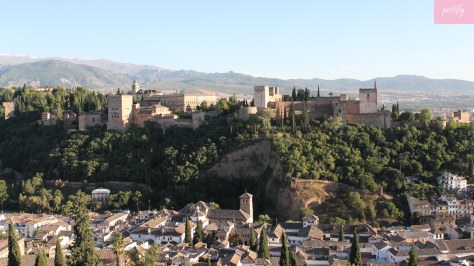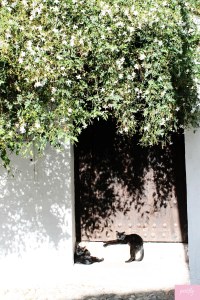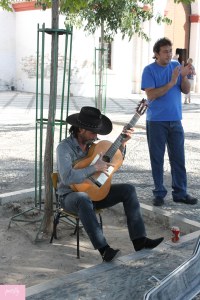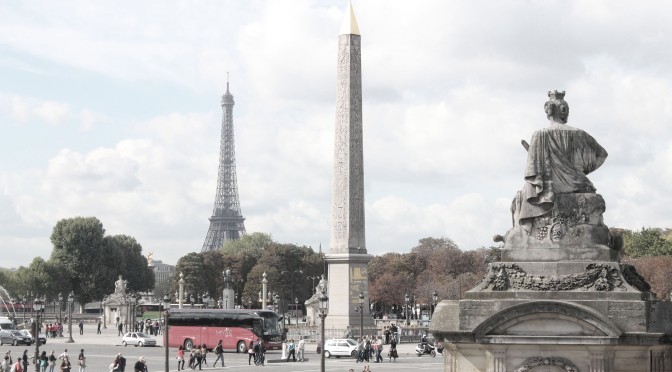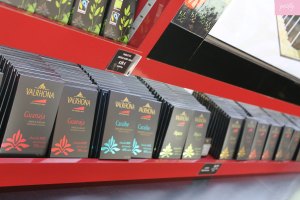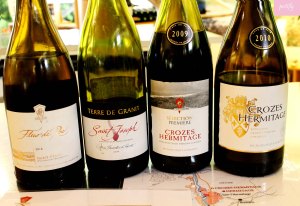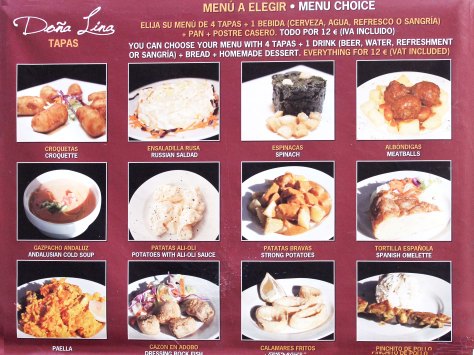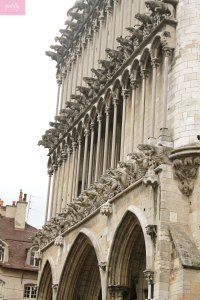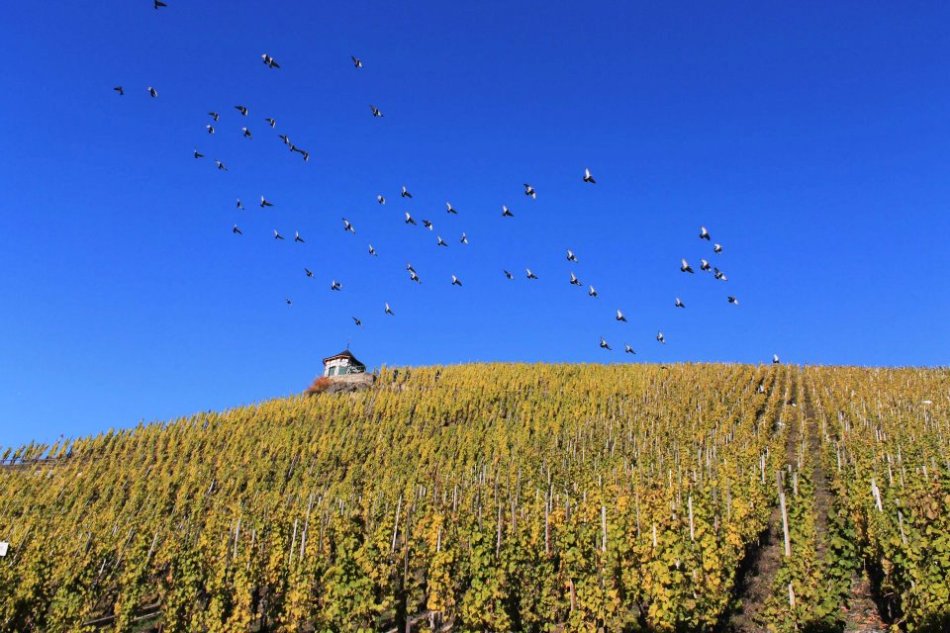
Bali has for centuries conjured up many exotic images- lush green vegetation spurned by many volcanoes (some of which are still active), endless terraced paddy fields, stretches of white sand beaches offering fabulous surfs, proud & traditional islanders that are deeply religious and ceremonious. It was these very images that attracted the first wave of artists, musicians & anthropologists in the 1930’s, that came in search of finding their island paradise. Bali has had a fairly turbulent & violent past- exploited by the Dutch rulers & invaded by the Japanese during the Second World War, the Balinese finally claimed independence through the valiant efforts of Gusti Ngurah Rai. Today Bali’s International airport is named after him and that grisly past is long forgotten. Its not surprising then that the island’s main source of income is tourism. The 2002 & 2005 bombings had shaken the tourism industry from its very roots & it has taken several years for the economy to recover. But thanks to Elizabeth Gilberth’s ‘Eat Pray Love’ which subsequently became a (cheesy) movie, tourism has seen a resurgence and some places south of the island have already become overly touristy.
Over the past five years, I have been truly lucky to visit this island many times and soak in what I’d like to call the Hawaii of the East. As an Indian, it is impossible not to fall in love with the Balinese & relate to their cultural heritage. For starters, over 80 per cent of the Balinese adhere to Balinese Hinduism. Religion is interwoven in the everyday life of the Balinese- with each day involving participating in many ceremonies. The island is dotted with numerous little temples whose walls depict many scenes from the Ramayana & deities of Lord Rama. The great part about Bali is that the island is relatively large with each part offering travellers something different. If you want to enjoy the surf & nightlife stay in the southern part of Bali at Kuta or Seminyak; if you are looking to relax and unwind in a 5 star luxurious setting to enjoy the powdery white sand beach head to Nusa Dua where most of the 5 star hotels are located; Experienced surfers & beach bums can stay at theDreamland Beach/ Uluwatu area; For those seeking to explore the lush green terrain, paddy fields & gain an insight to the arts & culture of Balinese head to the cultural centre of Ubud. If you do however have a lot of time in hand and wish to tread of the beaten path, then head to the relatively unexplored areas of the North East and North west of Bali. Amed & Candidasa are tiny villages/towns on the Eastern coast where you can enjoy the best snorkelling & diving in Bali. The town of Lovina on the north west coast has long stretches of soft black sand beaches (volcanic beaches) with azure blue waters, it is here where you can spot dolphins. Pemuteran ,an even tinier hamlet, an hour away from Lovina is our new find- with a bio rock marine reserve, and a short boat ride to Menjangan island- you can enjoy some of the best snorkelling/dive experiences in Bali without being bothered by the usual touts and tourist traps. Tourism is relatively new here and I would advise you to visit before it gets over exploited…
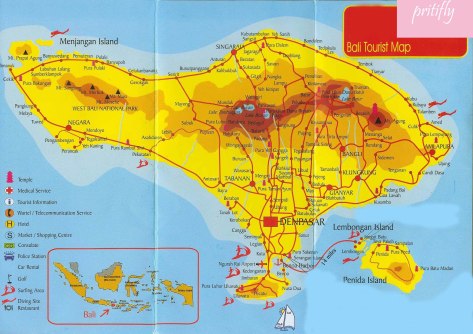
Irrespective of where you choose to stay, here are some of my top 5 picks of things to do in Bali for a first time visitor (excluding just relaxing on the beach-which would be obvious)
- MUST watch the sunset at ULUWATU– wherein lies the ruins of an old temple perched up on the rocky cliffs offering sweeping, panoramic, breath taking views of the sea & the massive surf below
- MUST spend the day at the cultural capital UBUD-a sprawling picturesque town surrounded by the lush green paddy fields & hills. The streets here are lined with endless cafes & galleries & handicraft shops. The Ubud Palace and Legong/ Kecak ( traditional dance recitals are worth watching) Walking trails to the famed terraced paddy fields can be organised from here(do keep in mind this will require at least 3-4 hours)
- MUST have a sun downer at the hippest beach clubs namely Ku de Ta at Jalan Laxmana Oberoi, Ayana Resort’s Rock bar & the newest entrant Potato Head ( do try their Millionaire Martini) Do not get intimidated rather revel in spotting the many celebrities and beautiful people, all lounging about with their over sized sunglasses, Roberto Cavalli maxi dresses and white linen clothing, blowing air kisses!
- MUST experience the aquatic and marine life off the coast of Bali. The shipwreck at Tulamben( next to Amed) or Padangbai( next to Candidasa) are definitely worth checking out. There are many PADI certified dive centers in both Amed & Candidasa. The Bio rock reserve of Pemuteran & 70 metre coral wall off Menjangan island
- MUST get in touch with your inner self with a morning session of Yoga at the Yoga Barn in Ubud or Desa Seni resort in Canggu. Both are considered institutions by yoga and wellness buffs offering fabulous classes with world class instructors
- MUST watch the sunrise Gunung Batur- never mind the 3am wake up and 2 hour hike up a steep, jagged active volcano. For those that make it to the top in time are rewarded with undoubtedly the most spectacular sunrise with an uninterrupted view of the caldera and lake below, the rim of the active volcano, Gunung Agung and the Rinjani volcano in the Lombok islands far off.
For those of you who are planning to visit & have already done some research, you will note that I have avoided mentioning Kuta, and that’s for a good reason. Please head to Kuta is you’re looking for crammed up hotels, cheap pubs and bars filled with loud and many a pot bellied, middle aged men or itsy bitsy noisy teens on their spring break- in that case do yourself a favour and please skip reading this blog
SEMINYAK/ PETITENGET

The posh area answer to the crowded Kuta area. Seminyak is famous for its trendy restaurants,cafes, boutiques & bars. Enjoys a great stretch of beach but mostly for surfing, the strong currents don’t really allow you to go too deep into the water. There are many surf schools off the beach, so you should sign up for a class. Seminyak has changed over the years and has actually become very crowded, there are touts around every corner and if you are looking at heading to the beach, be prepared to be accosted by many a salesperson offering to sell all sorts of things. There’s plenty of accommodation available here but its mainly ranging from mid to high end. The great thing about Seminyak is that you can enjoy the luxury of a villa with your own private swimming pool for as little as $ 150-200 /night. Petitenget area is a quieter extension of Seminyak and now has many interesting hotels, restaurants and bars. The streets along Jalan Seminyak to Jalan Laksmana/ Oberoi are lined with interesting design shops, upscale clothing boutiques & art galleries making it an interesting walk with many stops!
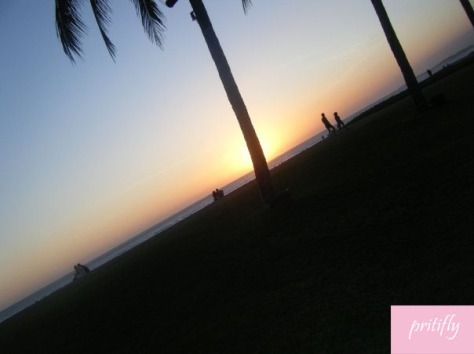
NOTE- BEWARE of money changers, all of them claim to be authorized but will without your knowledge deduct a commission, sometimes as much as $20 ( which is quite a lot for Indonesians) Do be sure to check that the exchange rate on the board tallies with what you will receive.
Places to Drink- for a more relaxed sunset drink try La Lucciola– Frangipani Bar, around 10-15 mins away from Ku de ta. Potato Head is the newest entrant in the upscale swish trendy beach club scene, Cocktails here incorporate the use of mixology. Must try- the Millionaire Martini. Drinks can be an expensive affair though, expect to pay anywhere between $ 15-20 USD a drink. Rumours in Jln Laksmana is another great place to catch up for a drink, do note it tends to pack up post 7pm
Places to Eat: most of the restaurants are on Jalan Laksmana Oberoi nicknamed EAT STREET. Most meals are in the range of $20- $30 USD per meal ( mains and dessert)
Cafe Bali– run by French nationals, it has an amazing ambiance & decor, must try their desserts, warm choco lava cake & raspberry creme brulee! Great for breakfast or Lunch
Mykonos- great Greek food, down the road from Cafe Bali
Chandi- ex head chef of Nobu in New York has started his own restaurant, very experimental cuisine, we had tried fab desserts here but heard the food is really good( and expensive)
Ultimo– a great place for Italian cuisine and Tratorria- another great alternative to Ultimo
Places to Stay:
High end: Oberoi Hotel- bang on the beach and really gorgeous. Others include-The Legian OR Rasa Seminyak OR The Sofitel OR The Samaya OR The Elysian. Room rates are expensive ranging from anywhere upwards of $ 250 USD per night
Mid end Villas: many villas around this area, the closer the proximity to the beach, the higher the price, most of them are usually no more than a 10-15 min walk from the beach and have a private pool. Usually entrance to these villas are down a narrow alleyway,do not get scared its quite common in Bali and extremely safe! Try the following places ( where we have stayed in the past) VILLA BUGIS www.villabugis.com ( a 15 min walk from the beach) OR VILLA LA ZUMBA www.balijetaime.com ( a good collection of villas available on weekly rents) OR LA VILLAIS DES EXCLUSIVE VILLA AND SPA http://www.lavillais.com/home.html Room rates on all of the above Villas start from $ 150- 450 USD per night depending on Villa size and number of rooms
JIMBARAN
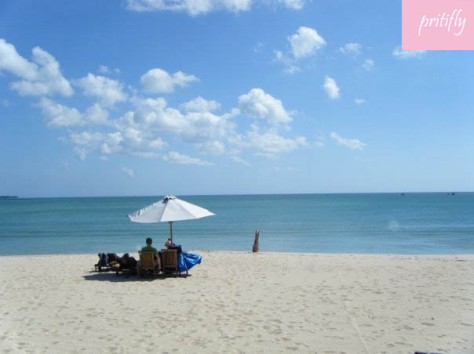
Its hard to tell that Jimbaran was formerly a fishing village. Dotted with luxurious 5 star hotels, Jimbaran beach is probably the best beach for swimming with its white sands and turquoise blue waters ( after Nusa Dua). Jimbaran is also known for its beach shacks serving up some of the freshest seafood in Bali, prices range between $10-$30 USD per person, excluding drinks( seafood aint cheap!) Its best to add Jimbaran to the tail end of your Bali itinerary as it is a mere 15-20 minutes away from the airport and most hotels offer a complimentary drop off facility. Uluwatu is only a 20 minute drive away and I would recommend watching the sunset from here.
Places to Stay:
Four Seasons Jimbaran Bay- an absolutely fantastic location in the best/ most gentle part of the beach. A very expensive option though
Intercontinental Jimbaran– right next to Four Seasons, great location on the beach front. Check out booking.com for deals, you could get a room for under $ 200 per night if lucky!
Jimbaran Puri Bali– the stretch of beach here is great. Offers much more affordable rooms in the price range of $100- 200 USD per night
Puri Bambu– this place is pure nostalgia, a good 20 min walk away from the beach, we first stayed here in 2007. Rooms are super reasonable & basic. Service is great and breakfast the best! http://www.puribambu.com/
UBUD:

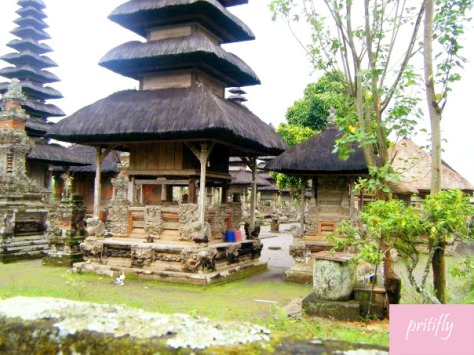
Undoubtedly the cultural capital of Bali. Surrounded by green paddy fields, Ubud’s bustling streets are lined with interesting cafes, shops & art galleries. Soak in the cultural experience by watching a traditional Legong or Kecak dance performance. Walk away from the town centre and stumble onto admire the architecture of traditional Balinese homes. The artistic villages around Ubud are worth dropping into each village mastering a particular craft such as Batubulan for stone carving, Mas for wood carving , Batuan for paintings and Celuk for silver jewellery. The Neka Gallery in Jalan Raya Sanggingan is a must see- stocking some of the biggest names in the Bali art scene. Ubud also a melting pot for all yoga and wellness buffs. The Yoga barn is the best place to head to for world class yoga classes. Time permitting a day visit to the famed UNESCO world Heritage classified terraced paddy fields in JatiLuwih is a must
Places to Eat
Bebik Bengil ( Dirty Duck)-an Ubud institution, specializing in the crispy deep fried Balinese duck. They also served other delicious Balinese delicaces. The setting is perfect looking out to the paddy fields
Kafe- run by the Yoga barn people, this lively café is packed every afternoon. Their organic and vegan food is a must try as are their vegan desserts
Batan Waru- another popular place serving up delicious Indonesian and Balinese food. Must try their Key Lime Pie which is to die for!
Café Wayan- another great place to try local delicacies and South East Asian cuisine, the décor and garden setting is spot on
Where to stay
High End: Komaneka at Tanggayuda- highly recommended by friends, this place is a little away( 15 min drive) The hotel offers complimentary shuttle services to the town center though. Offering you sweeping views of the valley below. Others include-Four Seasons Hotel at Sayan, Komaneka at Bisma, Uma by Como
Mid end: There are many mid range options available in Jalan Hanuman which is parallel to Jalan Monkey Forest.
Tegal Sari –we stayed here in 2008 and are happy to report that it is still popular. For under $ 40 USD per night you can expect to get comfortable simple accommodation overlooking the paddy fields. Location is perfect and not to far from the center of town surrounded by paddy fields. http://www.tegalsari-ubud.com/enhanced/index.php
Kebun Indah– owned by the Café Wayan people, it’s a little further down the road from Tegal Sari but once again offers great accommodation which is worth the price. Scenic views of the terraced paddy fields http://www.alamindahbali.com/kebun_indah.htm
Bambu Indah– great setting, slightly out of town, however offering sweeping views of the valley, accommodation in the form of individual wooden Javanese houses . www.bambuindah.com/
Off the Beaten track: Balam Bali Villa in Mengwi which is 30 minutes away from Ubud, surrounded by nothing by paddy fields on all sides, you must stay in the Pirate house http://www.balambalivilla.com/site/Balam-Bali-Villa-76.html
NUSA DUA:
“Five star vacation”- that just about sums up Nusa Dua. Famed for its powdery white sands and calm waters ideal for swimming, it comes as no surprises that Nusa Dua is packed with 5 star luxury properties each having their own private beach stretch. With their standard hotel designs, looks and the usual luxury trappings, one hardly gets the feeling of being in Bali. Staying here I could experience the same in a Miami or Bahamas
Recommended hotels: The Conrad and The St Regis
A word of caution, do not book any of the hotels that are on Tanjong Benoa beach or not on the beach front- it may well be that those hotels are outside of the gated Nusa Dua area and nowhere as nice. My dear friend from Croatia was fooled into thinking it was part of Nusa Dua and landed up having a horror vacation.
CANDIDASA AND AMED:

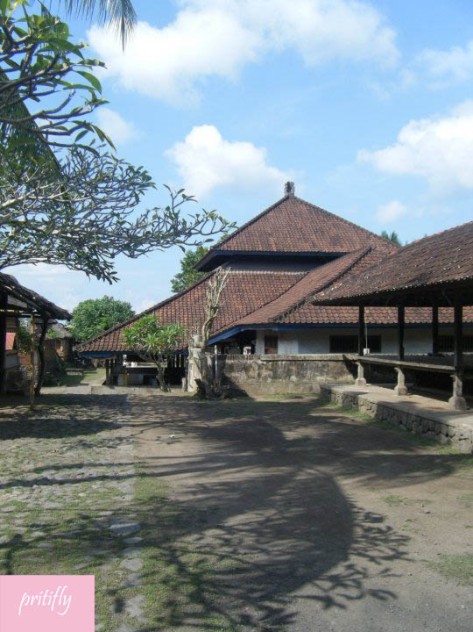
Head eastwards away from the usual tourist route and experience the fantastic marine life. A three hour scenic drive brings you to the hamlets of Candidasa and Amed ( 40 minutes away from Candidasa) Candidasa was ruthlessly exploited by the hotel and construction boom in the 1980’s and as a result its reef and coast was heavily eroded. Hence the one thing that strikes visitors when coming into this town is the absence of beach/sands. Amed has retained its small town charm however hotels are springing up quickly, so do head here before its gets touristy. Both towns are laid back and there are many small bars and restaurants lined up on the road offering affordable and heartwarming food. Choosing either Amed or Candidasa as your base, a day trip dive/snorkel to Tulamben is a must, it is here that the wreck of a warship Liberty lies, snorkelers can enjoy looking at the live coral and colourful fish while experienced divers can actually head into the wreck to explore what remains. The coral reef off Padangbai is also worth seeing. It is advisable to set sail by 7am, as the waters are gentle and there are no strong currents, moreover this will ensure you head back by noon before it gets too hot. The boat ride to the dive/snorkel site by itself is stunning with the sea on one side and the Gunung Agung volcano on the other( side of the land) Pasir Putih or white sand beach is also great for snorkeling or just swimming, this is around 20 minutes away by boat from Candidasa
Around 5 km away from Candidasa takes you to the town of Tenganen where you can see the original Balinese village( Bali Aga) The village is closed to visitors after 7pm everyday and the inhabitants still practice ancient rituals governed primarily by animistic beliefs. From here you can hike out to the rice terraces of Gunung Agung which offers sweeping views of the sea and rice field terraces below
Places to Stay
Rama Candidasa- offers luxurious rooms overlooking the large waterfront. The in house restaurant serves up delicious food. We stayed here for 5 nights in 2009 and enjoyed ourselves thoroughly. Room rates range between $ 75- 200 USD per night
Puri Wirata Amed– basic, comfortable accommodation on the beach/water front. Their dive center is good and offers PADI certification. Good value for money, room rates start from as low as $ 40 USD per night
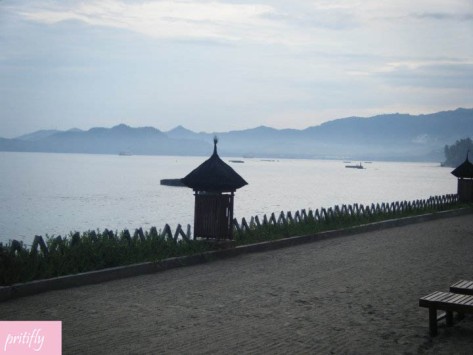
PEMUTERAN
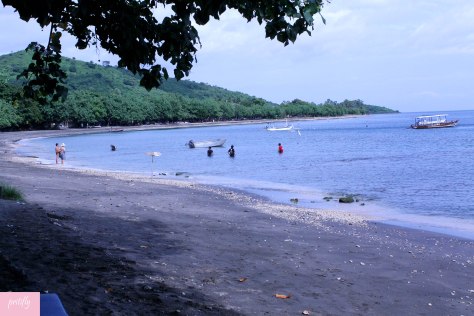
A five hour drive from Denpasar airport brought us to the North west corner of Bali namely Pemuteran . Virtually unheard of until some years ago. Pemuteran beach is now again popularity. Pemuteran has the first and perhaps largest artificial Bio rock reef project in the world. The soft black sand( volcanic beach), gentle blue waters and surrounding green mountains make it one of the most beautiful unconventional beaches in Bali. The hotels and locals are committed to protecting the reef and there are designated points through which snorkelers can enter and exit the beach( do note :wearing the snorkel fins are essential before entering the reef to prevent damage to the coral) So gentle are the waters that we almost felt like swimming in a massive pool! There are many different types of coral to see such as the sponge coral, electric coral, soft and hard coral, so many different kinds of coral fish. It’s best to start snorkeling by 8.30 am as the sea is calm and visibility good.
A 30 minute boat ride away brought us to the island of Menjangan which is renowned for its coral reef and marine life. There is no accommodation on the island and visits are mainly through boat. Menjangan is a great for divers too who can admire the jaw dropping 70 metre coral wall, snorkelers like me enjoyed the view from above and swam with a large group of coral fish.
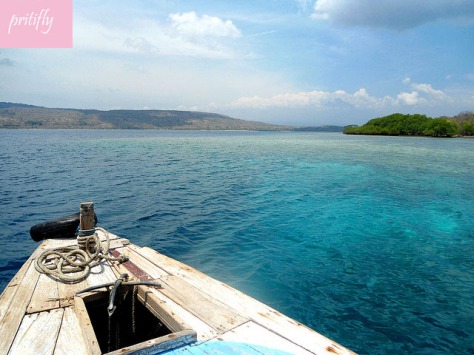
NOTE- reviews of Menjangan Island diving/snorkeling are varied, the biggest complaint being that due to the tide and strong currents often garbage from Java is washed ashore. We also experienced the same in our snorkel trip (it had poured down the night before) however as we were snorkeling away a good 10-15 metres away from the shore it wasn’t nearly as bad. As with all dive/snorkel trip it is advisable to begin early when there are little or no currents, visibility good & waters cool
Places to Stay
Amertha Bali Villas– spacious beach front villas, tastefully done up with Balinese décor. Each villa comes with a private swimming pool. The dive center attached to the hotel offers snorkel gear. The beach in front of the hotel has a safe entry/ exit zone. Room rates start from $ 150 USD onwards per night. Taman Sari Beach resort- their sister property offers more affordable accommodation with $ 100 USD per night. The in house restaurant is very good
Pondok Sari beach resort- Rooms are done up in traditional Balinese décor. Very attractive looking restaurant not sure about the food though
Matahari Resort- high end luxurious setting. Expect to pay anywhere upwards of $ 300USD per night ( FULL BOARD)
Places to Eat
There are very few places to eat besides the hotels ( where food is ordinary not great!)
Bali Balance– for the best coffee in the morning… Their bakery is not so good though. Free wi-fi is a plus.
Frangipani– scenic setting overlooking the mountains of East Bali. Food expensive but very good.
Warung Tirta Sari– affordable and delicious balinese food. Located just beside Amertha Bali Villas, this is a must try!
LOVINA, in North Bali is another alternative if you do not wish to travel as far as Pemuteran. We were in fact looking at booking a stay here mainly to see the dolphins in the morning. However, from the reviews online, we settled for the more sleepy and remote village of Pemuteran. Lovina, also has soft black sands and gentle azure blue waters, however almost all snorkel/ dive trips will eventually bring you to Pemuteran and Menjangan island. Lovina, in that sense has many more restaurants, hotels and bars and is a little more lively than Pemuteran. I have been told that an early morning trip to see the dolphins here is an absolute must.
How to get to Pemuteran: from the airport Pemuteran is a good 5 hours drive away. The journey costs $40 USD. I would advise travelers to spend a couple of nights at Ubud( around 1.5 hrs away from airport) and then head to Pemuteran which is 3.5 hrs away, otherwise the journey can be a little tiring especially if you are coming in from a long haul flight.
GUNUNG BATUR/ MOUNT BATUR
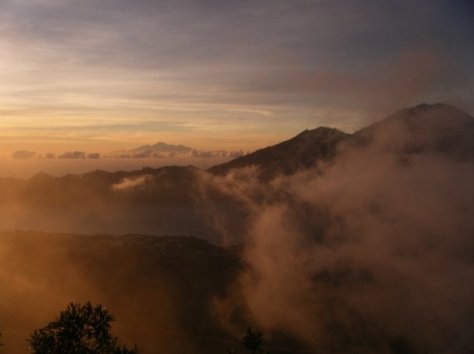
If you are planning to stay in Bali for over a week, please note that no visit to Bali is complete without watching the sunrise from the ridge of an active volcano in this case- Gunung Batur. We set off in the early hours of dawn (3.30am) with a torch and guide, we make way to climb up a steep and jagged edge of an(active)volcano. A grueling 2-2.5 hour hike uphill brings you to the summit where you wait with a dozen other hikers for the sunrise. As the first rays of the sun beam out, you are greeted with a spectacular sight of the caldera and lake below, Gunung Agung( another active volcano)- which seems like a few kilometers away, Mount Batur and finally Mount Rinjani across the Lombok Straits in the Lombok islands. As you take the treacherous route downhill, your guide will show you lava flows and lava vents. Some gimmicky guides were actually showing tourist how to make hard boiled eggs using the steam- highly dangerous! At every step downhill you are reminded that this is an active volcano. The loose sand and jagged volcanic rocks do not help. I would advise everybody to wear comfortable hiking shoes; there was evidence of many shoes in tatters on our route down. Also carry a light sweater with you because at 3.30 am it is almost around 13-15 degrees cold.. You can expect to reach your hotel by around 10 am in the morning after which I would recommend a hot tub soak and Balinese massage. There is a local hot spring in the Kintamani area.
Places to stay: unfortunately there is very limited accommodation around this area. You could stay in Ubud, set off at 2.30 am in the morning & drive up( takes around 1 hour) However if that’s too much for you, you best options would be to stay in hotels around Kintamani/ Penelokan areas
Surya hotel: very basic inexpensive accommodation, please do not go here with high expectations. Comfortable bed, clean sheets, hot water and a basic restaurant- this just about sums it up.Location beside the lake Batur. Room rates range between $10 -20 USD per night. Recommend staying here only for 1 night. http://www.suryahotel.com/index.html
Hotel Segara: once again simple and inexpensive accommodation beside Lake Batur. Room rates range between $ 10-30 USD per night http://www.batur-segarahotel.com/
Finally moving on to matters of the heart and stomach, here’s a list of must try local delicacies
INDONESIAN DELICACIES
Gado Gado – tossed mixed vegetables with grated coconut, served with prawn crackers, boiled egg and peanut sauce
Satay- skewered meat, traditionally beef, served with sweet peanut sauce
Rendang- traditional dish where pieces of meat( mainly beef) are slow cooked with spices, lemongrass and coconut milk rendering a rich taste
Nasi Goreng– an iconic Indonesian dish, referring to fried rice and assorted vegetables and kecap manis sauce
BALINESE DELICACIES
Babi Guling or spit roast suckling pig turned over a fire of coconut husks for at least 2-3 hours, till the meat is soft and tender and skin crackling!
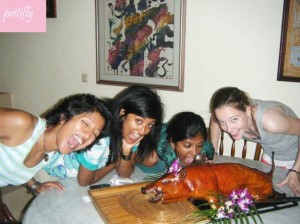
Bebik Betutu duck stuffed with various spices, steamed in a banana leaf served with white rice
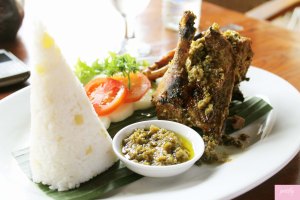
Ikan Pepes: white fish marinated with various herbs and lemongrass, steamed in a banana leaf, served with white rice
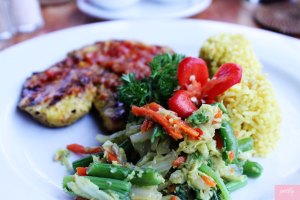
Lawar served traditionally with the suckling pig, Lawar refers to thin slices of raw mango or turtle meat or young jackfruit or chicken, tossed with galangal, shallots, turmeric & grated coconut and sometimes tossed the uncooked blood of a pig- there are many vegetarian options available though
More information on Balinese food and spices please visit http://www.2indonesia.com/food.htm

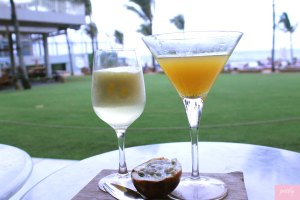
Local Drinks:
Beer- Bintang or Bali Hai are great lager beers to cool off with in the hot afternoons and balmy evenings
Wine- Hatten Rose, perfect for a hot and sunny afternoon, passable for wine drinkers
Arack (Attack)- similar to fenny distilled in Goa, India. This is made from coconut palm. Do note there have been many warning against trying cocktails sing Arack in cheap bars, so my advice is to stick with a good or high end bar while drinking this drink
Art Galleries and shops worth visiting
For those of you looking to invest in reasonable art for your homes or looking to make your walls pretty, Bali has a zillion art galleries. Quality of art rates from average to exceptional. Do note, unless you are an art expert it is extremely difficult to guess an original art piece. Here are some galleries worth visiting
Reservo Art in Seminyak- run by a French man, they have 3 branches in Seminyak featuring works by contemporary Indonesian and Balinese artists. Visit their webpage for further details http://www.reservo-art.com/about-us_5.html
Neka Museum and Art gallery in Ubud- an exhaustive source of original art from Bali. Naturally you can expect to pay top dollar as all works are original.Further details please visit: http://www.museumneka.com/link.asp
Uluwatu in Jalan Laksmana/ Oberoi Seminyak for the Balinese lace, slightly expensive but good nonetheless
A Bit of Bali in Jalan Kerobokan( close to Seminyak) for Balinese statues and all outdoor features
There are many design shops along the Jalan Raya Sunset strip selling Indonesian teak furniture, driftwood, petrified wood, outdoor features, original bathroom fittings and even Javanese houses for the export market. Most of them are already shipping to India, so you shouldn’t have a problem trying to ship anything back home!
